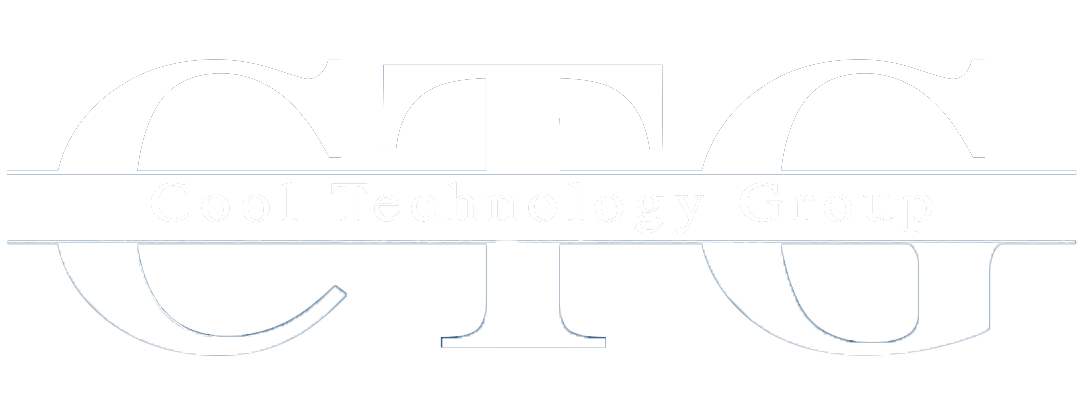Introduction: The Financial Struggles of Modern Healthcare Practices
Running a successful healthcare practice isn’t just about providing excellent patient care—it’s also about managing the financial health of the business. Rising operational costs, declining insurance reimbursements, and inefficiencies in workflow can quickly eat away at profitability.
Many healthcare providers lose money due to outdated systems, administrative inefficiencies, and compliance risks. The right technology can help maximize revenue, reduce operational costs, and ensure HIPAA compliance, allowing providers to focus more on patient care and less on financial strain.
This article explores how technology can streamline billing, reduce administrative costs, improve patient retention, and optimize operations—all while ensuring compliance with HIPAA regulations.
1. Automating Revenue Cycle Management (RCM) to Capture More Earnings
One of the most common financial challenges for healthcare providers is inefficient billing and revenue cycle management (RCM). Many practices lose revenue due to denied claims, coding errors, and uncollected patient payments.
How Technology Helps:
- AI-Powered Medical Billing Software – Automates claims submission, reducing human error and increasing approval rates.
- Automated Eligibility Verification – Ensures insurance coverage is verified before services are provided, reducing denials.
- Predictive Analytics for Collections – Identifies patients at risk of non-payment and automates payment reminders.
- Electronic Prior Authorization Tools – Speeds up the insurance approval process for treatments, reducing delays and lost revenue.
Recommended HIPAA-Compliant Platforms:
- AdvancedMD (RCM automation and claims processing)
- Kareo (Medical billing and automated patient payment processing)
- Waystar (AI-driven insurance claim optimization)
Without automation, practices lose thousands per month on billing inefficiencies alone. Implementing the right RCM technology increases revenue while reducing administrative overhead.
2. Reducing Administrative Costs with AI & Practice Management Software
Administrative tasks consume up to 30% of healthcare costs, with staff spending hours on manual scheduling, data entry, and documentation. Replacing outdated manual processes with AI-driven solutions reduces overhead while improving efficiency.
How Technology Helps:
- AI-Powered Scheduling Systems – Automatically optimize provider availability and reduce no-shows.
- Electronic Health Records (EHR) with Speech-to-Text – Reduces time spent on documentation, allowing providers to see more patients.
- Automated Patient Intake Forms – Eliminates paper-based registration, improving efficiency.
- Secure Cloud-Based Document Storage – Reduces the need for costly on-site servers and IT maintenance.
Recommended HIPAA-Compliant Platforms:
- Epic Systems (AI-enhanced scheduling and EHR optimization)
- Athenahealth (Cloud-based EHR and practice management)
- eClinicalWorks (Automation tools for practice workflow)
By automating these processes, practices cut labor costs while improving operational speed, resulting in higher profitability and reduced overhead.
3. Implementing Telehealth to Expand Services & Reduce Overhead
Telehealth is no longer just an option—it’s a necessity. Many healthcare providers still underutilize telemedicine, missing out on increased revenue opportunities while maintaining unnecessary in-office costs.
How Technology Helps:
- Reduces No-Shows – Patients are more likely to attend virtual appointments than in-person visits.
- Increases Patient Volume – Allows providers to see more patients per day with less downtime.
- Lowers Office Overhead – Reduces the need for large waiting rooms and excess support staff.
- Provides Remote Chronic Care Management – Helps patients manage conditions without frequent in-office visits.
Recommended HIPAA-Compliant Telehealth Platforms:
- Doxy.me (Secure, user-friendly telemedicine)
- Zoom for Healthcare (Telehealth version with HIPAA compliance)
- Updox (Telehealth, e-faxing, and secure messaging for providers)
Practices using telehealth effectively increase revenue while cutting costs on physical space and unnecessary staffing.
4. Enhancing Patient Retention with AI-Driven Engagement Tools
Attracting new patients is expensive, but retaining existing ones costs far less and drives long-term revenue growth. Many practices lose patients due to lack of follow-up, poor appointment reminders, and inefficient communication systems.
How Technology Helps:
- AI-Powered Appointment Reminders – Automatically sends SMS/email reminders, reducing no-shows.
- Automated Patient Follow-Ups – Ensures patients receive test results and follow-up care recommendations.
- Secure Patient Portals – Allows patients to easily access medical records and communicate with providers.
- Reputation Management Tools – Automates online reviews and feedback collection to attract new patients.
Recommended HIPAA-Compliant Platforms:
- PatientPop (Automated marketing & patient engagement)
- Solutionreach (Text and email reminders with patient follow-up automation)
- Luma Health (AI-driven patient retention and recall systems)
By improving patient retention rates, practices increase long-term revenue while reducing acquisition costs.
5. Strengthening Cybersecurity & Compliance to Avoid Costly Violations
Many healthcare providers lose money due to data breaches, HIPAA violations, and system downtime. The cost of a data breach in healthcare is the highest of any industry, averaging $10.93 million per incident (IBM 2023).
How Technology Helps:
- AI-Based Threat Detection – Identifies and stops cyberattacks before data is compromised.
- Automated HIPAA Compliance Monitoring – Ensures systems and policies meet regulatory requirements.
- Cloud-Based Backup Solutions – Prevents data loss from ransomware or system failures.
- Zero-Trust Security Models – Limits access to PHI, reducing insider threats and external hacking risks.
Recommended HIPAA-Compliant Cybersecurity & Compliance Tools:
- Cool Technology Group (Healthcare IT security & compliance solutions)
- Paubox (HIPAA-compliant email encryption)
- Compliancy Group (Automated HIPAA compliance tracking)
Avoiding just one security incident or HIPAA fine can save a healthcare provider hundreds of thousands of dollars.
Conclusion: Investing in the Right Technology to Protect Profits & Patient Care
Many healthcare providers unintentionally lose revenue due to inefficiencies, poor billing practices, and preventable security issues. By investing in the right technology, providers can:
- Maximize revenue through AI-powered billing & RCM automation
- Reduce costs by eliminating manual administrative tasks
- Increase patient volume with telehealth & virtual care services
- Enhance patient retention through automated engagement tools
- Avoid financial disaster by strengthening cybersecurity & HIPAA compliance
Are you ready to improve your healthcare practice’s financial health? Contact Cool Technology Group today for a free consultation on optimizing your IT systems, reducing costs, and ensuring compliance. Let technology work for you—increase your revenue, cut unnecessary expenses, and safeguard your practice’s future.


Recent Comments